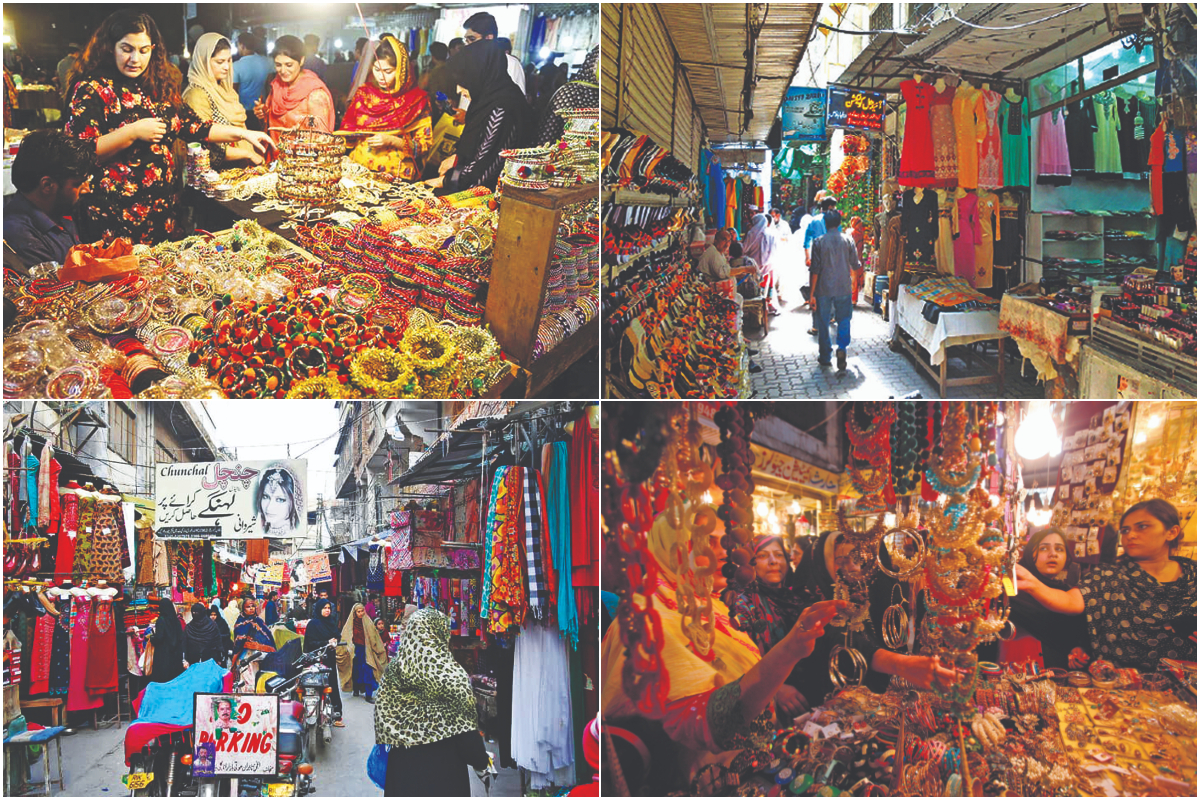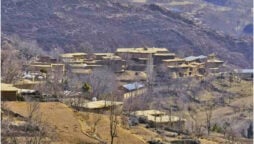
From shelter to shopping: the tale of Moti Bazar
The 120-year-old market was initially a shelter for widows
The tale of Moti Bazar is 120 years old. It is a reflection of the noble and courageous deed of an individual named Moti Ram, who supported widows by setting up a shelter home (Ashram) for them in the area.
Moti Bazar is now a renowned shopping hub. It is however an inspiring tale of a man, who had established a shelter home for widows who had refused to go through the practice of Sati (self-immolation) after the demise of their husbands.
Moti Bazar is a shopping centre in Rawalpindi and nearby localities.
Widows who refused to go through the practice of Sati, would run away from their homes and used to take shelter in the Ashram.
Initially, the market which was founded within the premises of the Ashram and had only a few shops; has now expanded to around 2,000 shops.
The initial idea of this market was meant for women only, where women were the shopkeepers and the buyers. This tradition still is intact to some extent, as most women visit it in large numbers to get the merchandise of their choice.
Many traders in the market know this tale from Ashram to an exclusive bazaar for women. They narrate it proudly in descriptive detail. As per some narrations, in 1883 a local rich Hindu by the name of Moti Ram, converted his mansion into a shelter home and named it Kanya Ashram; after the death of his wife. This was established for widows who had escaped the practice of being Sati.

drawing a pattern mehndi
Sati or suttee is an ancient Indian practice in which a widow gets herself burnt to ashes during her late husband’s funeral ritual. This, the widow would do by setting herself on fire while his corpse would be burning. These women whose number is being stated at around 80 or more, after being provided shelter thought it inconvenient to remain dependent on the shelter home.
They started embroidery on clothes and manufacturing handmade artefacts. They set up shops in the shelter home where only women used to pay a visit to buy their merchandise. As per some narrations, the management of the Ashram decided to provide sewing skills to the lodgers and after selling these products, the expenses of the shelter home would be handled.
After the partition of India, a primary government school for boys was established at the Ashram which has earned the status of a secondary school now.
The red-brick building of the Ashram is still intact which presents a majestic look to the viewers.
Javed Safdar, a trader who is general secretary of the Moti Bazar Trader Association told this scribe that according to some folktales, Moti Ram was the richest person in the area who had established the shelter home for the helpless widows.
He said initially there were 15 to 20 shops which were established inside the Ashram where only the women were the sellers and the buyers.
He said these women used to make handicrafts besides doing embroidery work on the clothes. He said after the inception of Pakistan, the Evacuee Trust Board took control of the building where a government school started functioning for boys.
He said there are still a few plaques on the walls of the schools in Sanskrit on which the names of the philanthropists have been mentioned who had helped to establish the shelter home.
According to Safdar, the first headmaster of the school was also given a lodging facility, consisting of two rooms, along with his family in the same building. He said the family of the headmaster kept possession of it for around seven decades.
He said no further detail is available about Moti Ram as to how long he had lived or about other members of his family. However, he said, the people who were running the affairs of the shelter home migrated to India in 1947.
This bazaar consists of five long and narrow lanes on both sides of which shops of various things are functioning. There are shops for bridal dresses, shoes, undergarments, cosmetics, pillows, garments, artificial jewellery and so many other things. Besides the residents of Rawalpindi, people belonging to the areas of Azad Jammu and Kashmir, Taxila, Hassanabdal, Hazara etc visit it to get things of their choice at economical rates.
On one side of it, Lal Haveli is situated which is known in Pakistan due to Sheikh Rasheed Ahmed.
During July this year, the market was flooded with rainwater which caused millions of rupees in losses to the traders. The traders are of the view that the municipal authorities hadn’t cleaned the stormwater drains properly due to which the market was badly flooded.
Due to the poor drainage system over here generally, the market gets flooded due to heavy rains.
Meanwhile, there is also the issue of encroachment over here. The shopkeepers have rented the front portions of their shops to other vendors which makes it almost impossible to walk through the market easily.
The market keeps buzzing throughout the week till late evening except for Friday which is observed as a holiday over here.
photos: Mian Khursheed/Bol News
Catch all the Urban Insight News, Breaking News Event and Latest News Updates on The BOL News
Download The BOL News App to get the Daily News Update & Live News.












 Read the complete story text.
Read the complete story text. Listen to audio of the story.
Listen to audio of the story.